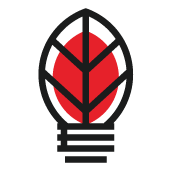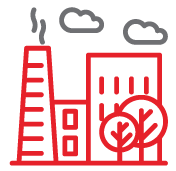We live in an increasingly heterogeneous society with divisions based on age, gender, cultures, income levels and areas of living. We already see unprecedented growth in cities and the emergence of suburban cities.
All these trends will lead to the rising significance of diverse mobility solutions. Mobility platforms will support door-to-door integration and will offer customers tailored, subscription-based offerings suited to particular lifestyles. As cars continue to be underutilised and public infrastructure struggles with capacity issues, they will meet in the middle to offer “sharing” models. Additionally, digitisation of existing infrastructure and sustainable options such as electric vehicles (EVs) and digitally connected rail will flood the ecosystem, creating key transformations that will redefine how people move.
Transformational Shifts in Urban Transport
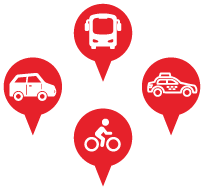
Multifarious Mobility
Various door-to-door mobility solutions to provide bespoke subscription-based multimodal mobility services
20 million cars will be deployed in shared mobility services like e-hailing, taxis, car sharing, P2P car sharing and corporate car sharing by 2025

Green Zoning
Mandated move to modes of transport that will have a lower impact on environment
90 sustainable cities globally will feature green transportation zones by 2025
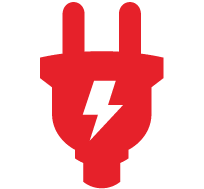
Electrification
Electric vehicles gaining a significant share in the market as governments push their growth to meet the carbon emissions targets
10 million cars will be either hybrid, plug-in hybrid, full electric or fuel cell EV by 2025
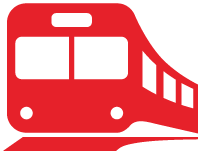
Digital Rail
Increased focus on IoT and data right from design of trains to predictive analytics-based maintenance
Digital railways could enable an addition of up to 30% more
trains to operate than today
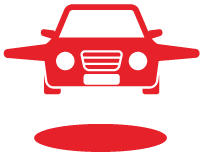
The Third Dimension
New modes of transport for daily mobility, including flying cars, etc.
Over 15 start-ups globally that are actively involved in building a future flying car
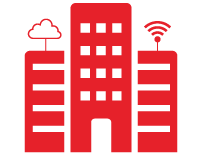
Smart Cities
Integration of smart transportation initiatives in city platforms, including smart roads, traffic and V2X
Over $250 billion investment
globally in smart infrastructure investment
